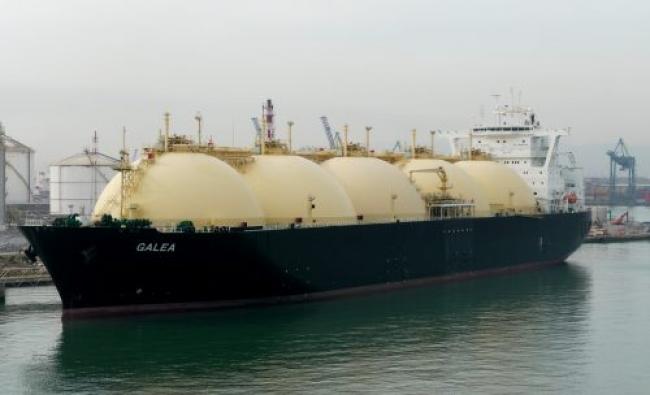Articles Menu

The company plans to use two floating platforms off the northern B.C. coast on Nisga’a land to liquify gas supplied by the approved, but not yet built, Prince Rupert Gas Transmission line. Led by a partnership between the Nisga’a Nation, Texas-based Western LNG, and Alberta-based Rockies LNG, the Ksi Lisims deal will sell two million tonnes of LNG per year to Shell Eastern—about one-sixth of the facility’s total expected production, reports the Globe and Mail.
Some also cast a negative light on the project’s economic impact. Terrace, B.C., warned of its own experience hosting an LNG project, saying the city’s role as an LNG hub “has allowed for massive inflation in professional and retail services, [and] a strain on municipal infrastructure like roads, refuse disposal, lodgings, and housing.”
“Some might see this influx as a key economic driver but it has actually been the opposite,” the city said.
The warning runs counter to the narrative on the Ksi Lisims LNG website, which presents the project as a major job creator in the province and across Canada. “For Indigenous Nations, Ksi Lisims LNG will create education, training, employment, contracting, and social and cultural investment opportunities, keeping people on their land and deeply connected to culture,” the site says.
Eva Clayton, president of Nisga’a Lisims Government, expressed hope for economic benefits from the project. “Ksi Lisims LNG is the cornerstone of a brighter future for our people,” Clayton said in a release. “As the project continues to pick up momentum, evidenced by this agreement with Shell, the Nisga’a people are now able to envision the opportunity and prosperity that Ksi Lisims LNG will bring to our Nation.”
Much of this prosperity hinges on the project producing its full capacity of 12 million tonnes of LNG per year, for export to markets “primarily in Asia where demand for cleaner fuels continues to grow,” the company website says.
But the economic conditions underpinning this strategy are faltering. Globally, LNG prices showed a weak start in 2024 due to high storage levels and mild weather in the Northern Hemisphere. In Europe, where demand fell 7% in 2023 after mild weather reduced gas consumption, the potential for a rebound is weakened by growing supplies of renewable and nuclear energy.
Even in Asia—an important market for the company, where demand was expected to grow by 5%—demand remains three million tonnes lower than 2021 levels, the Globe writes.
“I think the long-term market for LNG is in trouble, and there may well be an oversupply in a few years,” author and climate advocate Seth Klein told The Energy Mix.
LNG is also likely to see competition from clean energy sources in Asian countries that are rapidly expanding their renewable portfolios. In 2023, solar and wind capacity increased by 20% in the Association of Southeast Asian Nations (ASEAN) region, reports Carbon Brief.
And though LNG’s advocates promote the fuel as a low-carbon alternative to coal, pressure from climate campaigners could diminish LNG use and further drag down prices.
Still, there has been a recent wave of investments in LNG infrastructure. Projects producing 140 million tonnes per year are set to come online between 2025 and 2027—a capacity greater than 30% of the current market, says the Financial Times.
But this rising capacity—set against stringency measures in Europe—may exceed the amount of LNG people and businesses are looking to buy. LNG’s prospects look grim farther out than just this year if demand doesn’t increase in step.
But this may not be a concern for the partners who build pipelines and LNG facilities and “will already have received their big payments,” Klein said.
“It will be others, the operators (including Indigenous partners) left holding the long-term bag if these projects end up as white elephants.”
[Top photo: Wikipedia]